Savitribai Phule, wife of Mahatma Phule was born 190 years ago in Naigaon, Maharashtra. Savitribai was her husband’s comrade-in-arms in his lifelong crusade against caste. Both were also equally committed to women’s education,believing that women’s empowerment lay more than anything else in their education. Savitribai is commonly spoken of as being India’s first feminist when the word ‘feminism’ was yet to be coined. This essay attempts a ‘reading’ ofwhat may well be the most devastating and heartrending indictment of caste in the history of the Indian cinemas. Like the Phules, Babasaheb Ambedkar never ceased to remind his Dalit brothers and sisters that without education they would never be able to lay claim to their human and social rights. At the centre of the history and folklore around Dr. Ambedkar is his exhortation to the so-called asprishya (untouchables) of the land : “Educate, agitate, organise.”
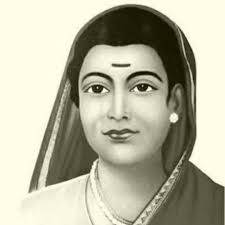 Savitribai Phule
Savitribai Phule
Nagraj Manjule – Dalit poet, actor, filmmaker – is given to mentioning not just Dr. Ambedkar’s thoughts and teachings on the need for education for a better and more honourable life, but also those of the great pioneer who preceded the principal architect of the Indian Constitution. Mahatma Jyotirao Phule’s memorable words resonate wherever there is a single enlightened Dalit. In fact, rare is the educated and cultured Marathi home which is ignorant of the akhand written by Mahatma Phule, which reads thus in translation: ‘’Lack of education leads to lack of wisdom, which leads to lack of morals and ethics, which leads to lack of progress, which leads to lack of money, which leads to oppression of the lower classes; see, what state of society one’s lack of education can cause.’’
Manjule, born into a Dalit family with no history of formal education and settled in a small village called Jeur in Karmala taluka of Sholapur district, came to the attention of film-lovers with his national award-winning short film, Pistulya. The film is about a small boy who desperately feels the urge to go to school but cannot, because his mother is poor and he has to fend for himself by committing the occasional petty theft. Manjule translates his belief in the teachings of the Dalit icons, not to mention his own scarred experiences, into the story of the small boy Pistulya. Done in an appropriately rough, neo-realist style of a later day, the film’s ending is steeped in irony, at once mirthful and sad. Philosophically, Manjule appears to have been influenced by Bicycle Thieves which, he claims, to have drawn him to filmmaking, along with some others of the home-grown variety, notably Ankur.
 pistulya short film
pistulya short film
The director of Pistulya and Fandry (Pig), the well-received full-length feature which was to follow, has interesting things to say about his life as a young adult in an environment that was generally dark but not without relief now and then. Manjule : “As a young boy, I never thought that I would be a filmmaker. I was naughty and without any plans for the future. In my family nobody had ever been to school. I was the first to go to school. My father was a stone-cutter and used to travel a lot. I used to miss my classes because I didn’t understand the importance of education. I would leave home to go to school, but end up playing with my friends or watching films. Sometimes I would watchtwo films in a day, each costing me a rupee. I loved the karate and kung-fu films of Bruce Lee and Jackie Chan, or those in which Amitabh Bachchan and Mithun Chakraborty acted. As a child, I was also exposed to blue films, since those with whom I hanged around were mostly older than me. I had no idea about what I would do in life, although myfather would keep telling me to study seriously. I failed in my tenth standard and my friends went ahead. About this time, my means of entertainment dried up, so I joined a small library in my village and read about 400 Marathi books in six months. After understanding the environment around me, I felt that I should take my studies more seriously.”
It is commonly accepted that one’s own biography, added to those of one’s fellows, is the stuff of much, if not all, creative and meaningful art. Manjule’s own words about the milieu in which he grew up, and the negative aspects of which he transcended by virtue of a strong will and energetic application of the same, are necessary to turn to if we are to appreciate the journey of the artist in various avatars – from poet and literary critic, to filmmaker and actor in his own films as well as in those by other young Marathi directors with similar tendencies to observe and analyse the social histories and individual stories of ‘the other’.
Who is this ‘other’? In the case of some of the best films making New Marathi Cinema the deeply moving/disturbingbody of work it is, ‘the other’ is the Dalit, the Adivasi, women, the old, the poor, the working class, or the religious minorities. Each of these groups is seriously disadvantaged by oppressions diverse, very often so driven to the wall that rebellion in some form or the other seems to be the only way open to them. Manjule’s Dalit sensibility is in full flow in Fandry, as he goes about making us ‘feel’ the enormity of the daily outrages committed against his community in the name of tradition, social order, and the like.
 nagaraj manjule
nagaraj manjule
Fandry is about the daily doings of a whole lot of people belonging to different castes in a remote Maharashtra village where everyone understands what is his or her place in the local society and is loathe to disturb this ‘understanding’. That is, everyone except for the film’s protagonist who, on account of his refusal to walk the straight and the narrow, brings upon his head the wrath of the upper castes, principally the Brahmins, the local Patils and Kulkarnis.Jabya is a poor, sensitive, dark, school-going Dalit boy who feels attracted to a fair-skinned upper-caste girl namedShalu. Jabya belongs to the Kaikadi caste who live, principally, by pig-catching but do other back-breaking jobs as well, such as stone-cutting or building houses for the landed gentry. The Kaikadis are amongst the lowliest of the low, synonymous with the filth of all imaginable kinds and scatological jokes that everyone cracks at their expense. But what is Jabya to do if his inflamed young heart will not listen to his head, or take the counsel of others seriously? When Jabya is not pursuing the object of his dreams, at school or whilst walking the village roads, he and his friend, the fellow-Dalit Suraj are hunting in the arid wastes outside the village for a black sparrow with a long tail calledchimani, around which there are stories that village folks trade among themselves.
Speaking to Sanjay R. Wadhwa of Deep Focus Cinema, the once-effulgent but now-defunct Bangalore film journal, Manjule dwelt with a mixture of nostalgia and humour, on his own involvement in the hard reality and soaring symbol of the chimani : “In our village, we were made to believe that if you catch and burn a black sparrow, and put its ashes on a person, then that person becomes yours whole heartedly and starts loving you unconditionally. So this is my story where I tried to catch one for a couple of years. Finally, I did catch one and put its ashes on a person I wanted to be close to. But what I got in return was a tight slap… and this was a girl whom I liked a lot. She was olderto me by a couple of years. This did two things though: the first was that it broke my heart and, second, it made merealise that this ash thing does not work. But the end-result in my real life was different from the one we see in Fandry.”
Reading Manjule, we realise how autobiographical Fandry is in large parts, which explains for the authenticity of the film’s looks and deliberations. For instance, his unfruitful real-life encounter with the woman broke his heart, as he puts it, but seemingly made him more patient and wiser in such matters. Among other things, he understood the adverse but perhaps inescapable role of superstition in people’s lives, especially in out-of-the-way rural societies. Clearly, when he set out to make Fandry, Manjule ploughed memories of that incident into the narrative of the film; only here, the desperation of the gullible protagonist is that much more acute and wrenching. Manjule deliberately uses an occasionally florid style and a consistently dark aesthetics of deprivation to drive home his faith in the Ambedkarite exhortation of “educate, agitate, organise”. Fandry, in its own way, not only underlines the need for education on a mass scale among the Dalits, the higher the better; but also holds forth the view that the sacrifice of a lone agitator may not be enough to achieve respect and justice for his community, caught in a state of siege since time immemorial. Countless numbers of Jabyas will have to organise themselves into multiple democratic organisations before anything substantial comes to be achieved. Felt and lived solidarity of the ‘excluded’ might prevail where mere sentimentality is unlikely to cut ice. In a very real sense, therefore, Fandry should be counted as a rare social document born of a sensibility that has as much to do with a deep humanist vision as with sheer common sense.
Like many besotted lovers in literature, or those in the history of madness induced by consorting with phantoms of dreadful purity, Jabya lives in two worlds. One is the real world of hurt and humiliation at every step on account of his family/caste occupation, but also characterised by the bedraggled looks and lifestyle of his people; the other world he inhabits far less precariously, is populated by dreams of making the upper-caste girl his own. If there is one word which accurately sums up his feelings and experiences in the real world, that word is ‘disgrace’; in the other world of the imagination, ‘delight’ would perhaps come most closely to describe his longings of the heart and the pubescent body. Since he is still young and yet to learn more about how cruel and deceptive all worlds can be, Jabya is a willing prisoner of his own grand illusions. His parents are experienced in the ways of how jaati vyavastha (caste system) operates, so they are seen reconciled to their place in the given hierarchical order of things. They live from moment to moment, devising strategies of survival devoid of honour of any kind, but which promise safety from predators and, perhaps, even a certain sense of security. Again, Jabya’s two sisters, both older than he in years and, presumably, also in their knowledge of ground realities, are terribly unhappy with the hard grind that is their daily existence, but they see no wisdom in dreaming of, or asking for change or, god forbid, challenging the power of theiroppressors.
It is only Jabya who thinks and acts otherwise. He is at that tender, impressionable age when anything seems within one’s reach, including the most formidable of goals in a heartless, hostile world, if only one would work up the energy, the courage, and the vision to engage, if need be, in combat with the enemy. Children of destiny like Jabya are what they are because, in the final reckoning, they refuse to be intimidated by the gods or the demons, what to speak of fellow-mortals, however pompous or puffed-up they be by the artificial insemination of caste. It is a measure of the character of Manjule’s young protagonist that he keeps hallucinating about things more of the flesh than of the spirit, that perhaps everyone save he knows to be impossible to accomplish. It is in this moving confidence on the part of the boy – part romantic, part rebel – that the philosophical/spiritual/political dimensions of Manjule’s debut feature are deeply embedded. If, in the end, Jabya picks up the fatal stone and aims it with all the rage at his command at his principal humiliator and thereby chooses to involve himself in a hopelessly unequal confrontation, the act is not that of a fool but a determined dissenter driven to a point of madness from where there is no return. It is reasonable to argue that the stone which, in all likelihood, cracked open the persecutor’s forehead, belongs to a certain historical quarry and is representative of the collective impatience of many generations of the undeservedly hunted who refuse to take it lying down anymore.
At this moment of writing I cannot think of any film by an Indian director with a more devastatingly radical denouement where even a ‘lifeless’ mechanical device like the camera, unable to take the pain and the perfidy, springs to ‘life’, only to banish itself to a world of total darkness. To know the utter misery and the utter magnificence of Fandry’s ending is to know a narrative and aesthetic ‘unsettling’ of the highest annihilatory kind. The politics of rage, as we come across it in Fandry, could have come only from someone with at least some amount of direct experience of the wretchedness blithely and intriguingly written into the horoscope of an entire community numbering in millions. Fandry is a heartfelt, full-bodied, full-blooded valourization of the Dalit artist’s exploration of multiple histories of falsehood and fraudulence producing demoralization in the ranks of the victim, ‘the other’, and matching exultation among the unpolluted victorious. More than any other contemporary Marathi film dealing with, to quote Dr. Ambedkar, the “gradation of castes forming an ascending scale of reverence and a descending scale of contempt”, Fandry convinces us of how necessary it is for Indians of all affiliations – caste, class, religion, etal – to reclaim their humanity if society is to move forward.
With particular reference to Fandry, we could perhaps examine the reality of the countryside, more than the town or the city, being the principal site of the continued exercise of caste as a divisive force working against the interests of the so-called Shudra at every step of public life. The city, as we know it, is a melting-pot of identities, a leveller, where it is difficult, if not impossible, for the feudal-minded and/or the casteist to give public expression to their regressive ways of thinking. Compared to the city, the village is a happy hunting ground for the upper castes who can do whatever appeals to them without a thought in the world about retribution, till such time an enraged messiah like Jabya descends, only to ascend in no time. Perhaps, no one has characterised the Indian village in stronger and truer language than Babasaheb. “What is the village but a sink of localism, a den of ignorance, narrow-mindedness and communalism. I am glad the Constitution has discarded the village and adopted the individual as its unit,” thus spake Ambedkar who held a view of the village which had little in common with Gandhi’s interpretation of the same. Where Gandhi glorified the village, Ambedkar, who had lived in a caste-ridden village, been made to feel inferior and unwanted on account of his caste, had little or no sympathy for it.
However, from what we see in Fandry, we can make out that Manjule’s approach to portraying the village is a bit different from Dr. Ambedkar’s analysis. For Manjule, the village is nothing less than a character, arguably the foremost character in his film. The village is also the background, out of which emerges the drama of his film. He appears to be as interested in the collective as he is in the individual, fusing the two in a total experience; in a discourse where both are needed to establish an agenda of tradition versus modernity, or insularity versus openness. Jabya, the individual, can be termed as a ‘foreign element’ who, although shaped in certain ways by village life or the collective, decides to opt out of that collective by blazing a new trail of defiance, of resistance, of spontaneous or thought-out iconoclasm. The hitherto safe equilibrium of the collective is rudely disturbed by the ‘new’ individual whose subaltern saga of struggle and ultimate sacrifice may gradually pass into a ‘new’ discourse, a new history, a new folklore.
Occupations matter to people. Even to comparatively inexperienced people like Jabya, it is an issue of great importance. How else to explain for the young boy’s sudden decision to hire a bicycle from an improbably but hilariously-named place called ‘Love Cycle Mart and Carrom House’, to attempt a new beginning, professionally speaking. The intention was to pedal his way under the sun over rough terrain to a nearby town in the company of Suraj, his Sancho Panza, to sell ice-cream at some profit. But it was not to be – the frail bicycle and its soft cargo come under the wheels of a careless truck, putting an end to the lad’s effort to distance humself from a traditional occupation associated in his own mind, not to speak of other people’s minds, with dishonour and disgrace. In Bicycle Thieves, about which Manjule has often spoken enthusiastically, the bicycle gets stolen only to cause no end of drama in the lives of the lost father and his disappointed little boy; in Fandry, the bicycle is destroyed by the nonchalance of the truck-driver, making a mess of Jabya’s plans to gain some prestige in the eyes of the girl he loves, and the world he inhabits, by changing his profession and gaining a fresh identity in doing so. If we could freely extend the frontiers of our normally restricted imagination in support of the hapless young fellow – a helpless victim of verbal violence in the best of times and of physical decimation on the last day of his bedevilled stay on earth – perhaps we would see in our mind’s eye a grown-up Jabya owning a whole ice-cream parlour and enjoying the fruits of hard labour and a fecund imagination. Who knows, that symbol of worldly success – the parlour – would have enabled the former fandry to fulfil his cherished romantic ambition. After all, who is not aware that material success has been known to soften – in certain cases, to even eliminate – the blows of caste repression, simultaneously causing a vertical rise in class status. Contemporary experience has shown how well a small section of the Dalit community has made a place for itself in the sun by doing well financially, in the process effectively fobbing off the cruelties and conspiracies of the upper castes. Once the Jabyas of the wretched Indian earth can lay their hands on the pot of gold at the end of the difficult but not too impossible rainbow, all their attempts to make the Shalus their own may not prove to bein vain.
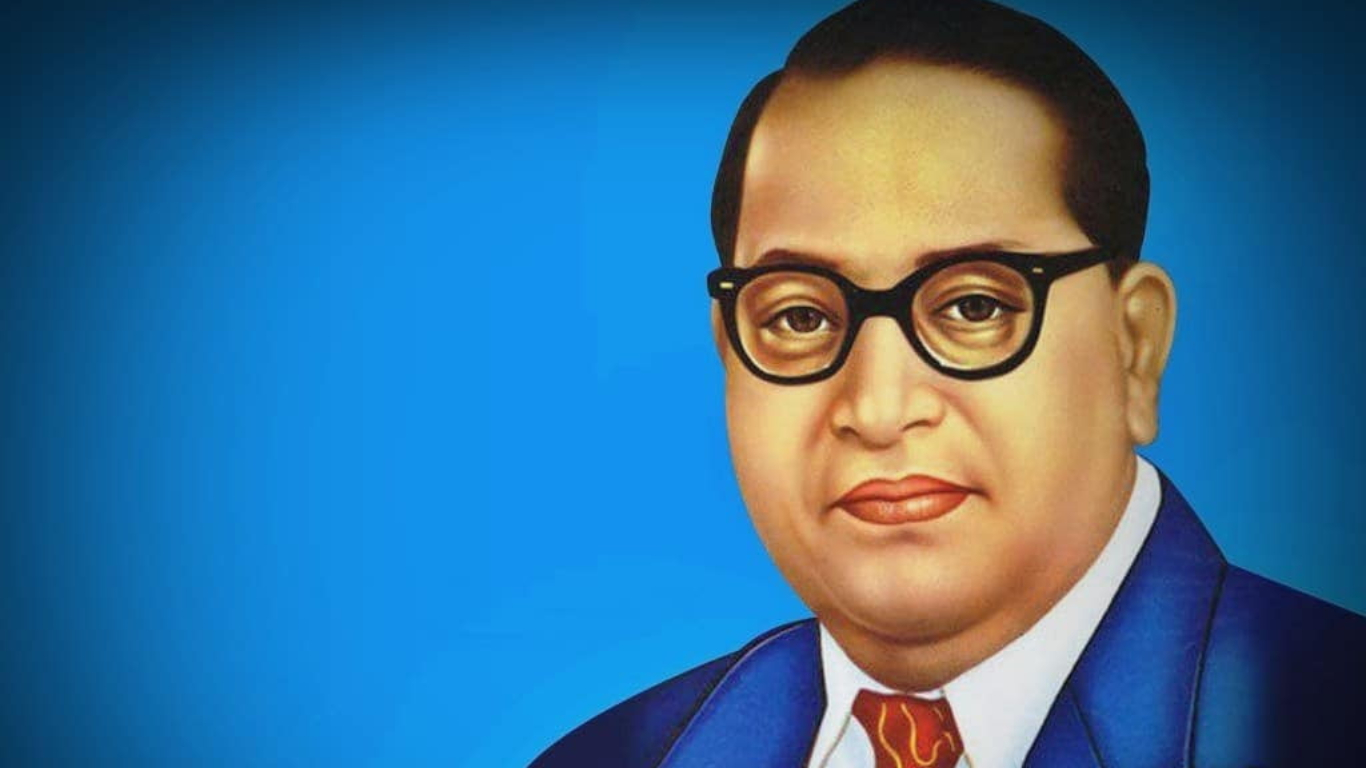 Dr. Ambedkar
Dr. Ambedkar
Jabya plays carrom with Chankya, who is also a Dalit and owns the cycle shop. Chankya, a mature young man, is mentor to Jabya and watches the latter’s eyes following Shalu’s movements, his shop being located just across the road from the girl’s house. (Manjule plays the role of Chankya with an impressive bravado.) Where others look down on Jabya, presumably to dent his confidence in himself, Chankya treats him as an equal and does not think twice when it comes to loaning him a bicycle to further his ambition to be a different kind of earning member in his family. Inother words, Chankya appreciates his protege’s efforts to graduate to a higher occupational plane than the one hehas been used to so far. The Dalit biradari (brotherhood) binds them in a hoary history of undeserved persecution; and very soon, one thing leads to the next in their narrative of solidarity.
In this context, the extended passage showing the two dancing frenziedly along with a host of others during the annual village festival of jatra, calls for comment. A heady mix of loud filmi music and youthful exhibitionism of the daredevil kind, the festival is an occasion for not just release, but rebellion. Perhaps, no one is better equipped than Manjule to highlight the socio-psychological implications inherent in this apparently joyous Dalit celebration, but which cunningly hides the supremacist mindset of the upper castes. Manjule: “As a child, I loved dancing and enjoyed playing the halagi (a folk instrument), but I would often forget that I am a Dalit and that I come from a lower caste. My father was better than Jabya’s father in the film (played by Kishore Kadam). My father at least wanted me to study, but that was not the case with the parents of the other children in the village. These people believed and accepted that they were living just to serve others in society. They never questioned anything and did what they were told to do. If you are a Dalit, you cannot cross the line and you will not question why. But a child is a child, and I always tried to cross the line. In the end, I was always made to feel that this is not my place. My parents and friends kept reminding me that I’m not supposed to step beyond certain lines. I remember my mother telling me once, ‘If we have tocontinue living peacefully in this village, then we have to be within our limits’.”
When Chankya dances so aggressively as to, arguably, make onlookers at the ground-level or on the rooftops think that the man has come to be possessed by the demons, he is in fact working up a posture of defiance that would normally not come to him. The lamps, the garish music, the wide spectatorship cutting across caste lines, all come together to produce an unreal atmosphere where people like Chankya are narcotized into believing that they can get away with anything, including publicly parading an ‘up yours’ attitude to the rich and the powerful. It is in such a context that Chankya, who perhaps knows Jabya’s story and sympathises with him in his wanting to cross the line, pulls him up to his shoulders and gives him an opportunity to make a proud spectacle of himself from that higher, elevated space which has never been his before this night of abandon. But Jabya’s victory is destined to be short-lived; no sooner has he begun to enjoy his sudden moment of eminence than he is ordered by his father to climb down from that vantage position and hold on his head one of the lamps lighting the path of the procession winding its way through the village. One moment, Jabya is a victor riding the high horse, to public endorsement (at least from the Dalit section of the rural audience); and the next moment, he is shown his place in the hierarchical order by none other than his own father who is nothing if not an unquestioning, impotent victim of the strictures imposed from above. That this drama of disgrace should have been enacted before the mocking eyes of his ‘girl’, perched on one of the rooftops, causes Jabya to die more than once in the space of a few minutes stretching to many eternities.
Manjule : “According to society, Jabya is not meant to have a position like the upper space of the shoulders. The environment created never allows him this. What follows is a reminder of reality, as he has to carry the lighted lamp, putting himself in the darkness beneath the lamp, while the world continues to dance in the light carried by him. That’s how his life is; if he dares to be in the brightness and tries to be a hero, then he will be pushed aside and shown his place in society. Many people have asked me the reason for showing the jatra festival and Chankya’s aggressive dance and behaviour. Chankya is also a fandry. Through this insane body language, he is trying to prove himself to be somebody. We all try to find our own selves in different ways. Jatra is a tradition since years. Throughout the year, within the Dalits, everyone continues to do his work, like the mang continues to play the halagi, the chamaar does his work, the nai (barber) does his. All of them do their assigned work, they are not allowed to do anything else. Jatra is a festival of the jaativyavastha which, in my opinion, may have been created to ensure and continue caste discrimination. As if to say, there is an eye on you always, and if a chamaar or someone else like him tries to do something that they are not supposed to, then you will be cursed. That’s the kind of fear created in people. One of the textual traditions in Manusmriti states that the Shudras or Dalits are born from Brahma’s feet, Vaishyas from his thighs, Kshatriyas from his shoulders, and Brahmins from his head. These are very strange and serious conclusions, especially the one that says that those who have come from the head shall stay above all. But whether these people are really capable or deserve such a position, this is never taken into consideration.”
While on the subject of humiliation routinely suffered by Jabya, Manjule keeps ‘the unkindest cut of all’ sequence reserved for the end of the film. The articulation of Fandry’s dramatic structure is to be followed keeping in view the growing rage in the young Dalit breast. If it is true that a hungry man is an angry man, it is perhaps even truer that a sensitive soul trampled upon for the ‘sin’ of being born into the wrong caste and sought to be reduced to the position of an animal, may finally be compelled to take on the avenging colours of not one but all the horsemen of the Apocalypse. Watching the long sequence showing the entire family chasing to catch pigs, with the villagers of all ages and descriptions standing or seated on higher ground and drinking in the sight with glee, one is reminded of the violent Roman amphitheatre scenes in many a Hollywood ‘spectacular’ of doubtful value where human victims are pitted against deadly beasts. True, Jabya, his parents and his sisters cannot be physically overwhelmed by the pigs, but the youngest of the lot is wounded where it hurts the most – his pride is tossed about in full view of his beloved, who is seen joining in the terrible fiesta of fun with the same enthusiasm as the others. In earlier passages, we have witnessed Jabya inventing more than one trick to save himself from the ignominy of being publicly seen chasing a pig or rescuing a piglet fallen into a pit, but this time, his father, who at times behaves as if he is his son’s Nemesis, shouts and abuses him into joining the fray. The hotter the pursuit of the animals gets to be, the more gruesome is the process of dehumanization thrust upon the hapless fivesome.
In the process, the youngest of the lot comes to be invested with all the holy rage that Manjule must have felt for his community’s enemies during his growing-up years. It is as if the director has decided to unburden his soul of all the wretchedness, all the pig shit, heaped upon it by Manu’s descendants. What the director could not do in his own life as a sufferer – that is, physically strike out at the varna system and expose it for the sinful fraud and the pathetic farce it is – he does it with the accumulated vengeance of years by means of his alter ego. In a sense, Jabya is a tool of catharsis for Manjule, a device to cleanse the soul of hitherto inescapable stains of evil delivered from above and silently borne below. In physical terms, Jabya falls to the collective cruelty of those he comes to oppose, but most likely, without his knowing, he rises to the stature of a symbol, a mascot, a metaphor, by refusing to fall in line with his family, all victims of the servitude of habit. Where Jabya may be thought to have passed into the realm of folklore by his final act of assertion leading to his annihilation, ironically assisted by the beauty and strength of his spectral love for a girl who has only contempt to give in return, his family, in all likelihood, will live to become old and toothless, in all senses of the description, and die with the dishonour of mute acceptance as their only companion.
Fandry is a true Dalit film, uplifted and ennobled by a fearless and visionary search for love, justice and honour in a remote part of Maharashtra which, along with the rest of the country, is notorious for its histories and present-day stories of persecution of the asprishya, whose mere touch can pollute and set off a train of brutalization. Jabya’s ill-fated love for Shalu may remind viewers of the warring noble families in Romeo and Juliet or, nearer home, of the folkloric romance of Laila and Majnu, but the narrative Manjule constructs for our consideration is infinitely more tragic, heartrending and eye-opening in that, unlike the other stories, it reveals the extent to which the lover can go to ‘prove’ his love even when his beloved couldn’t care less. It is difficult to believe that when Jabya, unable to take the tyranny of slights and insults any more, picks up a heavy stone from the roadside and hurls it at his enemy, he was unaware of what was in store for him. It is as if he was offering himself for an act of primitive sacrifice; for an act of nihilism rich in possibilities of correction of the inhumanities making for the caste system. Here, the question will certainly arise – But, who is going to do the correction? Perhaps, the director has in mind the unborn generations of Dalits who would be weaned as much on their mother’s milk as on lullabies relating to the supreme sacrifice by a young, wise one who walked the earth ages earlier. Nothing goes in vain, least of all the trail-blazing insanity of the one who dares to walk alone. Truthful texts are for devoted proof-reading.
- Vidyarthy Chatterjee writes on film, caste, labour, migration, and other public issues.
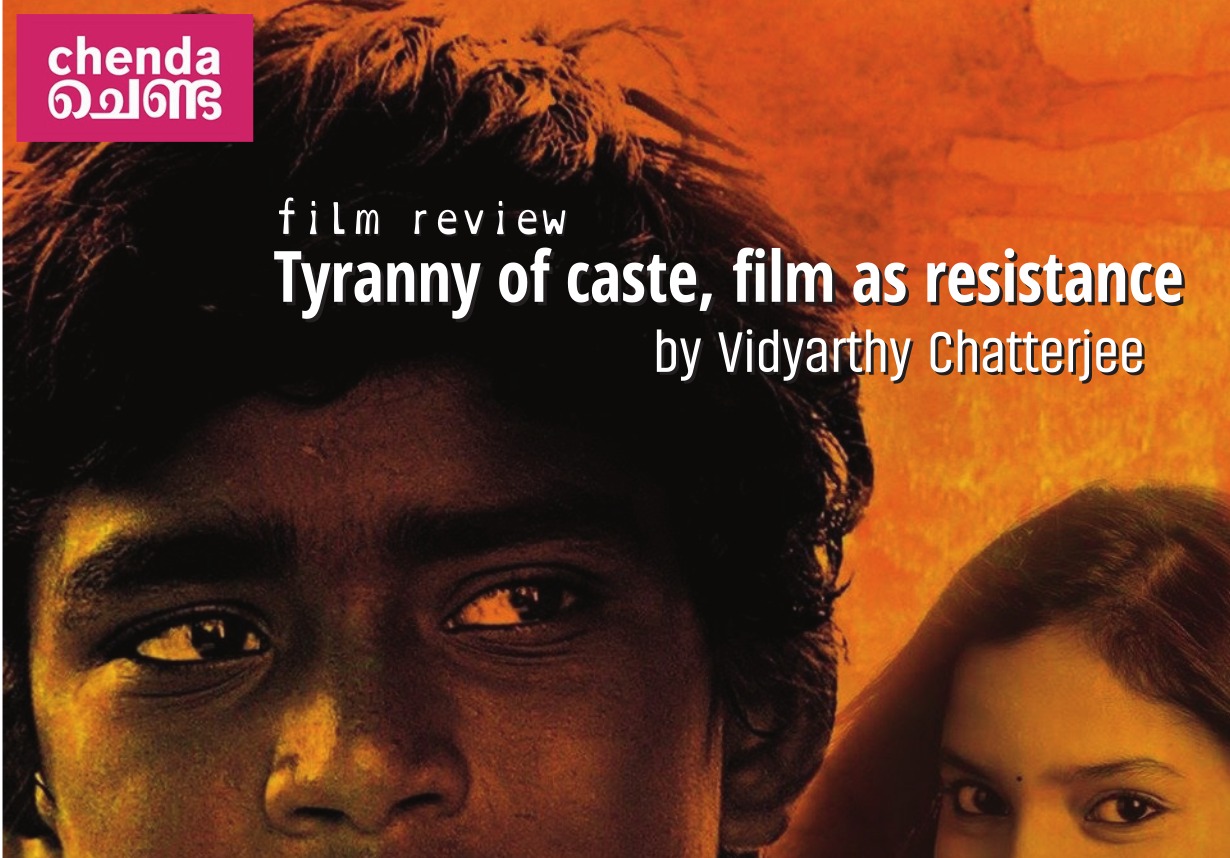


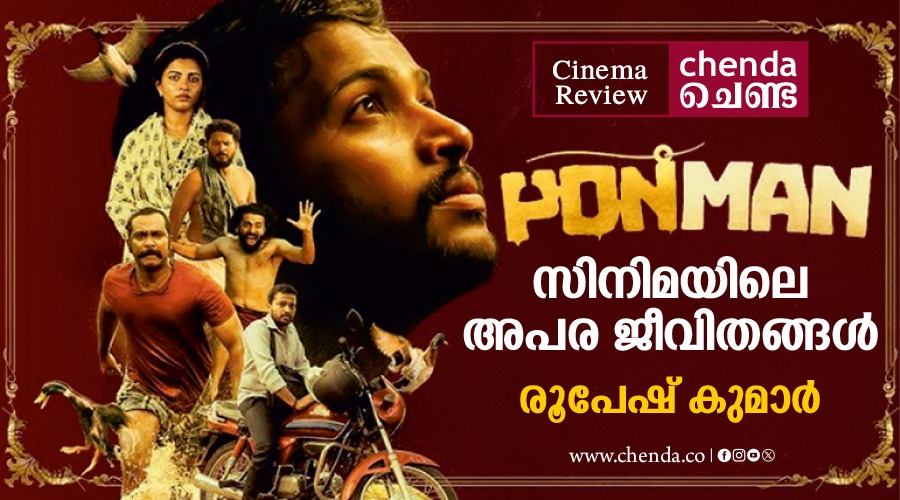
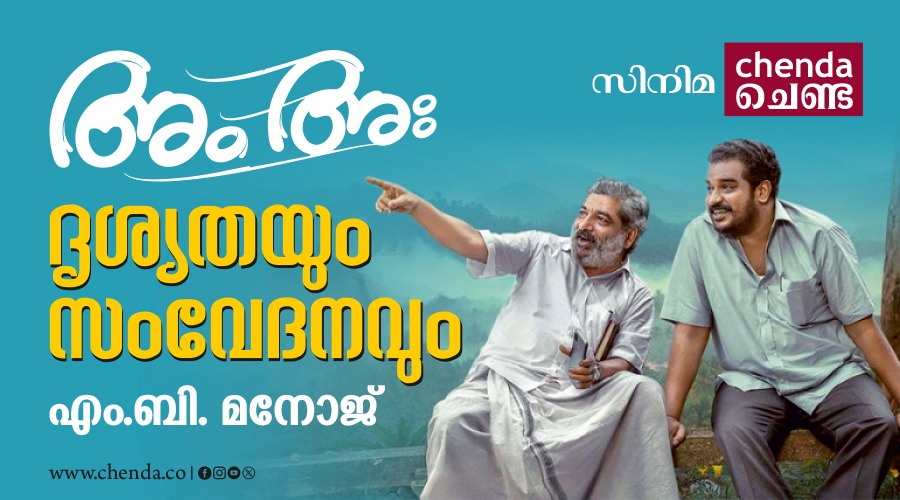
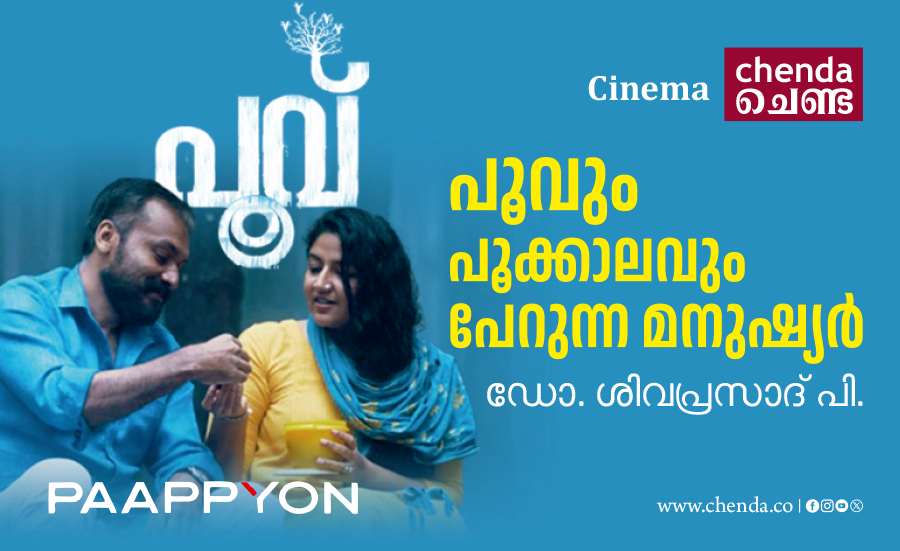
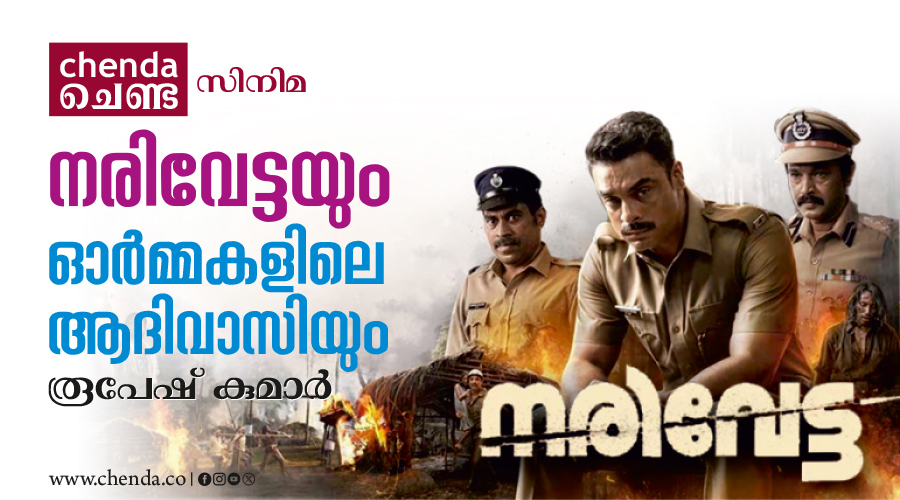
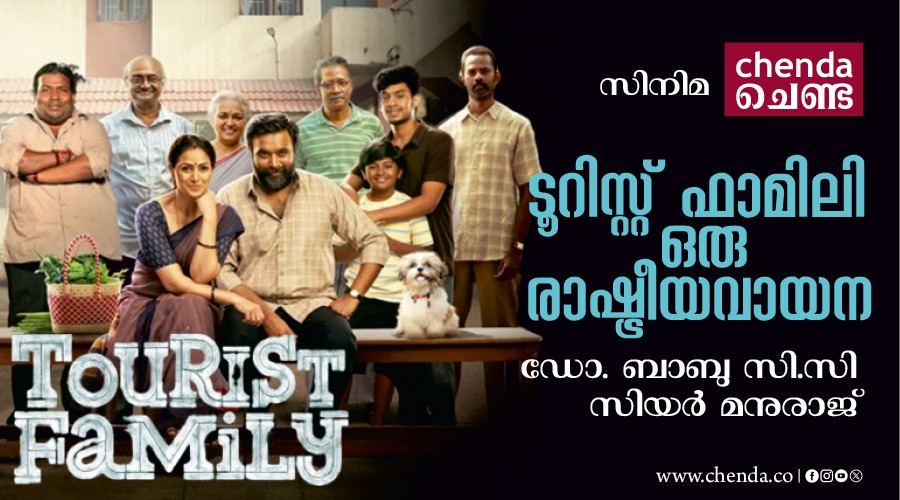
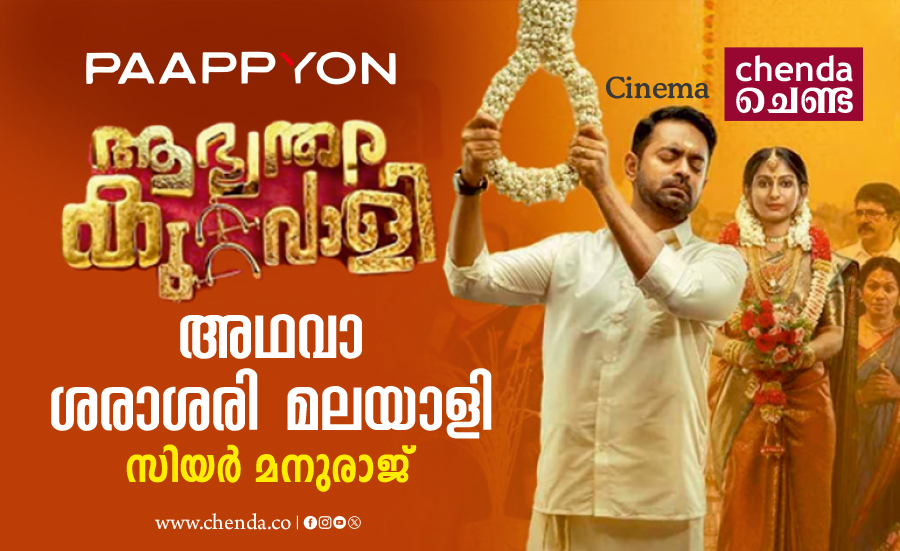
No Comments yet!